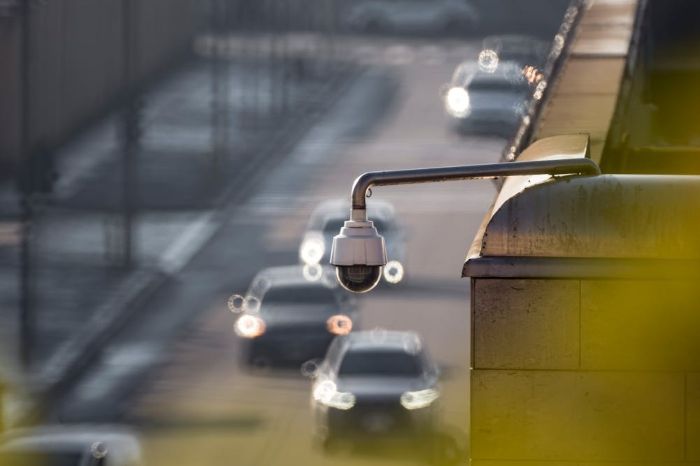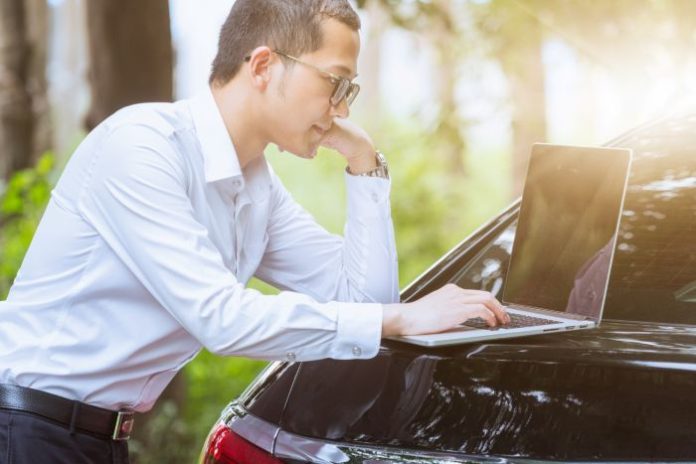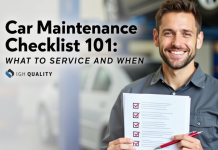When you’re building car crash claims, one photo or report alone won’t let you have it. Everything and every detail can be questioned, so your strength lies in solid, well-connected evidence. From your dashcams to digital health logs, each record tells its part of the truth in your case. Here are some sources you need to secure early so you can solidly protect your side of the story and claims.
Table of contents
- Dashcam/Vehicle-Camera Footage
- Event Data Recorder / Black Box (EDR / ADR)
- OEM Telematics & Advanced Driver Assistance Logs
- Smartphone GPS/Map & Application Logs
- Smartwatch or Wearable Biometrics
- Traffic/Intersection Cameras & Municipal CCTV
- 911/Dispatch/Call Audio Records
- EMS/ePCR (Electronic Patient Care Reports)
- Hospital/Medical Records, Imaging, and Laboratories
- Tow / Repair Shop Diagnostics & Scans
- Insurance/Claim App/Chat Logs
- Witness Statements & Recorded Depositions
- Crash & Traffic Databases, Crash Statistics & Geospatial Data
- Final Thoughts: Building Evidence of Car Crash Claims That Withstands Attack
Dashcam/Vehicle-Camera Footage
Today, having cameras and CCTVs everywhere can be your golden advantage. It’s where you can secure captured videos (from dashcams, rear cameras, security cams from adjacent buildings). You’ll then have footage that can show the moment of impact, traffic light state, relative speed, lane positions, and most importantly, the at-fault action.
They’re often the “smoking gun” in disputes over right of way or sudden lane changes that caused the mishap.
Event Data Recorder / Black Box (EDR / ADR)
More modern vehicles now may include an accident data recorder (ADR) or EDR, akin to a “black box” in planes, which keeps a wealth of data. It records vehicle speed, braking, throttle, steering inputs, and acceleration moments before, during, and immediately after your crash.
It’s raw sensor data for car crash claims that can confirm whether you or the other driver slammed brakes, swerved, or lost control, that’s often independent of human recall.

OEM Telematics & Advanced Driver Assistance Logs
Your vehicle’s telematics and ADAS systems are quiet recorders of every warning and reaction—lane alerts, braking events, collision warnings, and other info.
If you’re within the Peach State, a car accident lawyer in Atlanta, GA, can be your armor and shield, especially by making a timely request for these records from automakers or insurers, protecting and advancing your rights, and ensuring that vital crash evidence isn’t lost forever from your grasp.
Smartphone GPS/Map & Application Logs
Your smartphone silently tracks every move you make on the road. Its GPS logs, map traces, and background location data can pinpoint your exact route, speed, and position before and during the crash. Export this data right away—apps delete history fast—and let your lawyer subpoena the provider if deeper records are needed.
Smartwatch or Wearable Biometrics
If you wear a smartwatch (Apple Watch, Garmin, Fitbit), its sensors may record heart rate spikes, abrupt motion, G-force, fall detection events, or sudden deceleration of your body, especially during impact. This biometrics trail can corroborate the moment of trauma, showing your body’s response and time tables.
Traffic/Intersection Cameras & Municipal CCTV
Your attorney can help you request footage from city, county, or DOT traffic cameras, red-light cameras, speed cameras, or CCTV from nearby firms. However, you need to file (submit a formal public records/open records request) early because many systems overwrite video after days or weeks with no issues raised.
911/Dispatch/Call Audio Records
If you or someone dialed 911 or emergency dispatch, the audio logs (call time, location given, operator timestamps) can help establish the timeline of your accident. Some recordings may even capture the caller’s description, sirens, or traffic conditions immediately after the incident.
You’ll typically need legal orders to access and secure these pieces of info in many jurisdictions, especially if they’re not usually disclosed to the public.
EMS/ePCR (Electronic Patient Care Reports)
When EMS attends the scene, they usually generate ePCR reports, including your vital signs, condition, timing, interventions, and transport data. These time-stamped, contemporaneous medical records are strong evidence linking the crash to the injuries you suffered.
These reports are harder for defense to challenge, since they’re authored on-site under standard medical protocol.
Hospital/Medical Records, Imaging, and Laboratories
Once you’re admitted to hospital care, your medical records—ER notes, imaging studies (X-ray, CT, MRI), surgical notes—document your injuries and treatment longitudinally. Also, always request full health records (not just summaries). And, where possible, ask for digital DICOM images as they’re quite defensible because they come from medical devices calibrated by certified labs.
Tow / Repair Shop Diagnostics & Scans
When your car reaches the repair shop, every diagnostic scan and damage report matters. OBD logs, alignment data, and component scans reveal how severe the impact truly was. Treat your vehicle as evidence—secure photos first, preserve its condition, and keep a clear chain of custody before any independent repairs begin.
Repair shop diagnostics can reveal pre-existing mechanical issues or confirm the extent of damage following a crash. Partnering with reputable collision centers such as ReLux Collision, known for precision auto body and paint restoration, ensures that repairs are not only verifiable but also handled by trusted professionals committed to quality and transparency — an important advantage for both insurance and legal claims
Insurance/Claim App/Chat Logs
If you hooked up with your insurer via mobile app, email, or chat, preserve these conversations. Many insurers today allow “in-app” claim progress, statements, adjuster notes, or recorded audio statements and declarations. They can form a timestamped trail of what was admitted (or denied) and when. So, when insurers later deny or shift blame, your own logged statements may undercut those reversals and contests.
Witness Statements & Recorded Depositions
These statements can bring your claim to life with a firsthand human perspective and testimony. Just like when you have a bystander’s clear account of what they saw before, during, and after the crash, it can be quite powerful. You need to record and secure their statement early, with consent, and focus on concrete details—not guesses or assumptions—to preserve authentic, credible testimony that strengthens your cause and claims.
Crash & Traffic Databases, Crash Statistics & Geospatial Data
You can strengthen your case with broader crash data and reveal those patterns that are beyond your own incident. Most of the time, local police and DOT databases, national systems like FARS, and global sources like IRTAD expose dangerous intersections and recurring risks. Showing a site’s crash history helps prove foreseeability or even flawed road designs.
Final Thoughts: Building Evidence of Car Crash Claims That Withstands Attack
Today, every data source tells its part of the whole incident story, but together they can solidify the truth you stand on. Video shows the crash, telematics reveals behavior, medical records confirm injury, and repair logs seal your case.
So, connect everything here into powerful, undeniable car crash claims.











